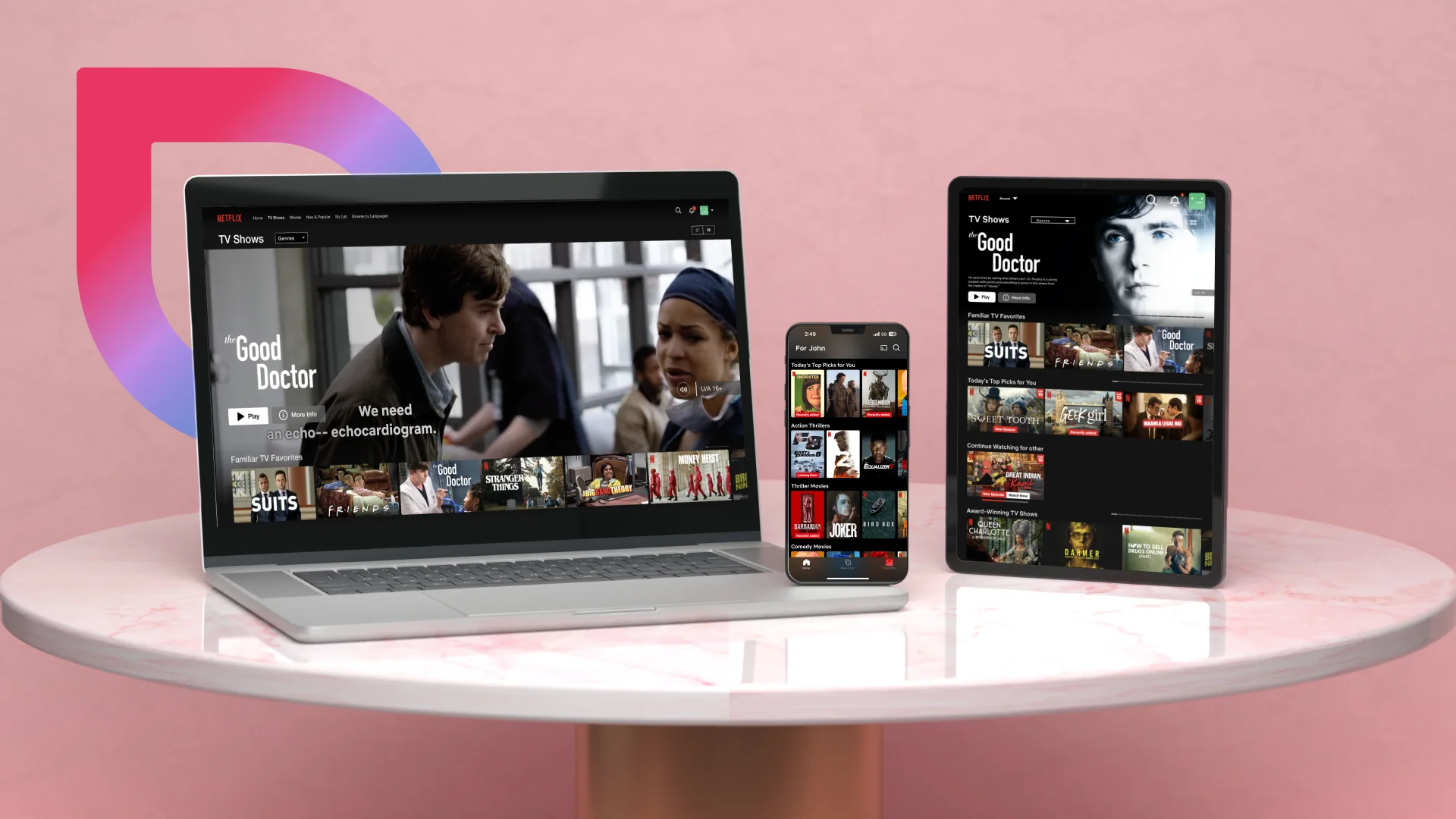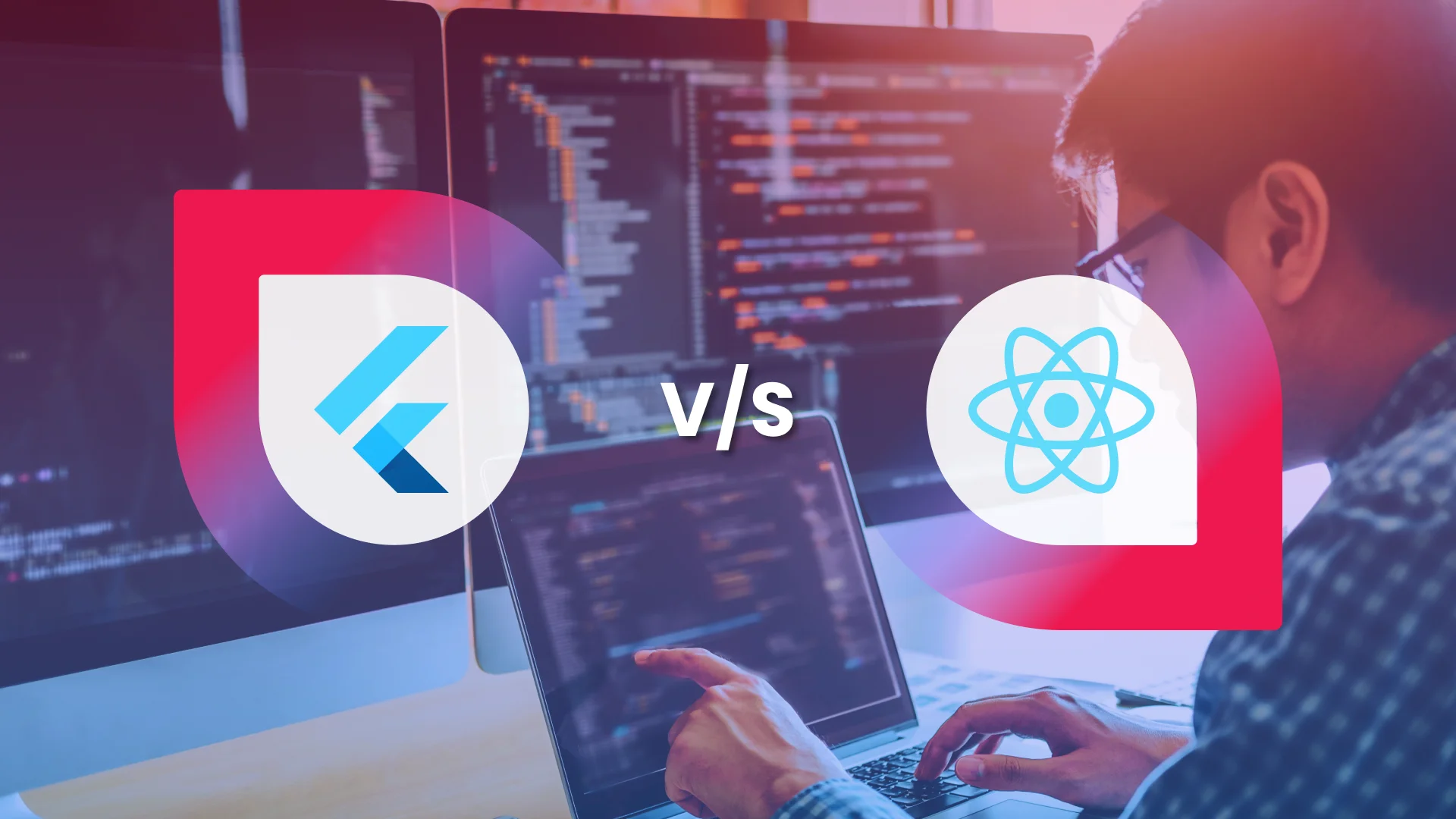6 Mistakes to Avoid When Creating a React Native App
- Mobile
- January 31, 2020
Apps have taken over our lives. As per Statista, so far, over 204 billion apps have been downloaded in 2019. It comes as no surprise that the app industry is thriving, and many speculate that it will continue reaping high profits in the future as well!
As more and more people adopt smartphones and hence apps, the industry has become quite a lucrative opportunity for new business owners. Many wish to make it big in the sector by developing the best app out of the lot.
But, app development is easier said than done!
The first decision you will have to make as a developer is which programming tool to use to create a smooth and glitch-free app. One option you might consider is to use React Native.
Why React Native?
React Native is a mobile app development framework that is developed by Facebook. It is an open-source platform that was launched in 2015.
Compared to all other cross platform app development frameworks, React Native has proven to be a favorite of many developers. This is because it allows developers to create an excellent quality app for both iOS and Android at the same time!

Here are some common benefits associated with React Native:
- It uses JavaScript which almost every developer knows inside and out
- The React Native Framework has a very straightforward installation process
- The live reload feature of the platform allows for a speedy app development
- It is a cross-platform, thereby allowing developers to create solutions that can be adapted to Android, iOS, VR devices, smart TVs, etc.
Read also: React Native: A Cost-Effective Way for Cross Platform Mobile Apps Development
Mistakes to Avoid When Developing React Native App
Here are six of the most common mistakes an app developer can make when developing an app using React Native.
1. Incorrect estimations about the process
One thing many developers forget is that the layout of the Android and iOS version is quite different.
Yes, React Native does allow you to use various components interchangeably for the two platforms.
However, specific elements are not usable. For instance, the structure of the application page of the two platforms is different on the two platforms.
Additionally, during the initial days of programming your app via React Native, it is easy to underestimate the number of codes you will have to write.
This arises because generally when you create a hybrid app on platforms like Cordova, you are required to write fewer codes.
This incorrect estimation, when creating a React Native app, can end up causing a lot of hassle to the coder.
2. Improper planning of redux store
Redux is a handy tool that helps in the effective management of an application. It also allows you to store data gathered by the app properly. Generally, Redux is used for managing larger and heavier applications.
React Native does make use of Redux. However, you must plan it properly to avoid issues. More using Redux can also increase the amount of workload. While this may seem understandable for big apps and projects, it is not suited for small projects.
Why?
This is because Redux requires you to write long, complex codes for the smallest of changes. So, if you are creating a React Native App for a small scale app, it is best not to use Redux. It will generate a lot of problems and inconveniences for you.
3. Not reading all codes extracted from external modules
App development is undoubtedly a time-consuming and complicated process. Understandably, many wish to reduce their hassle as much as possible. One common way developers achieve this is by using external modules during the app development process.
Since external modules tend to come with documentation and already have completely formed codes, it increases the pace of the app development process.
However, one mistake developers make when using external modules is not reading all the codes that it consists of.
A lot of times, when you add an external module to your codes, it might break or not perform the function you meant for it to perform. This can end up increasing your workload rather than reducing it.
This is why it is highly advised that developers read each and every code. This will allow them to identify any errors that are present within the code and hence solve in before applying it to their app.
4. Not conducting unit testing
Not writing a testing unit is by far the most common and easiest mistake to make when creating a React Native App. This is because the developed app can still work regardless of whether you write testing units or not.
But, it is a gamble where you only find the result once you put your app out for the world to download and judge.
Rather than leaving your app’s fate at the mercy of users, it is better to test its functionality and ensure its perfection before you launch it in the market. This is where a unit test comes in handy.
A unit test allows you to assess the various parts and features of your applications independently. This will enable you to guarantee that each function works as expected.
By writing a unit test during the development stage of your app, you can know of the bugs in your app. This means you don’t have to waste time tracking the source of glitch later on.
5. Leaving Log Statements in the app
When developing a React Native app, a developer might use console log statements. This helps in debugging the app and ensuring that it is glitch-free during the app executive stage. But, you must remove the log statement before proceeding.
Often, developers forget to remove the console log statements. This can lead to a severe issue. This especially happens when your app contains both render methods as well as logics.
If so, the console log statement can end up becoming a bottleneck for the JavaScript thread. In turn, it leads to a lagging and slow performing application.
6. Leaving React Native Images un-optimized
While many developers may not consider optimizing the React Native images to be a critical step of the app development process, the fact is that it is a high-priority task that should not be forgotten.
What does optimizing React Native pictures do?
It helps in locally resizing all images used within the app. It then automatically uploads them all to cloud storage through the server. Developers are then provided with a CDN link that they can use through their API.
This entire process of optimization helps in reducing the image load time of the app. And leaving images unoptimized can end up increasing load time to such an extent that users become wary of your app.

Ending Thoughts
There are various other mistakes a developer can make during React Native app development. But, these six are the most common ones that you must avoid at all costs. Remember, app development is a complex and technical process.
Mistakes will be made along the way. All you need to aim for is making as few mistakes as possible.
Create the best React Native app you possibly can. Release it for the world to use. If you combine a well-built app with a well-positioned one within the industry, you are bound to achieve a high number of downloads and even higher usage!
FAQs About React Native App Development
React Native allows the reusability of code. After the successful development of one mobile app, developers can reuse that code to develop an app on other mobile platforms. So, using React Native you can develop cost-effectively smart cross-platform apps.
React Native is one of the most popular open-source frameworks that allow developers to write a single code with JavaScript, including components for both iOS and Android, it leads to smaller teams, low cost and easy project management. Thus, the cross-platform apps developed using React Native are as good as native apps.
React Native handles multiple platforms easily. Most React Native API is cross-platform so you need to write only one react native component and it will perform well on android and iOS both platforms. Plus, code can be reused in each operating system and ultimately it saves time and money both.













